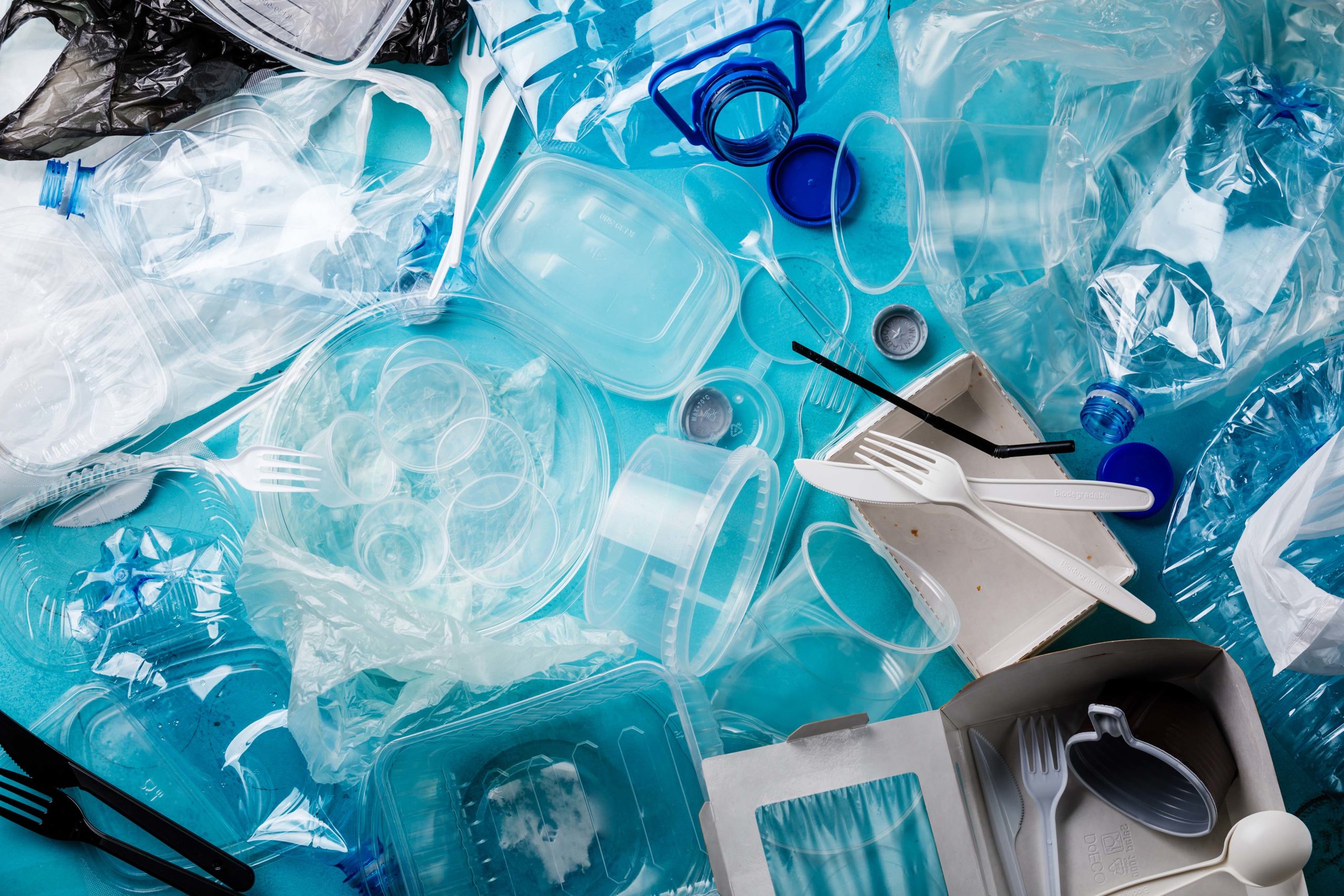The current linear approach to plastic use in health care is unsustainable. Humanity’s habitual linear practice of taking natural resources, turning those resources into products for consumption, and then disposing of those products into the environment is resulting in an excessive accumulation of waste. Most of these wasted plastic products end up in landfills, potentially polluting and leaking toxic chemicals into the environment, many of which can cause adverse health effects for humans.
Unfortunately, health care has adopted this linear economy and arguably perfected it through an insatiable appetite for the consumption and disposal of plastic products. Health care’s plastic consumption is steadily growing: single-use disposable plastic products are found in abundance in health care and, once disposed of, are rarely recovered or recycled.
Fortunately, there is an alternative economy — one that is circular. A circular economy is based on three principles:
- Design out waste and pollution
- Keep products and material in use as long as possible
- Regenerate natural systems
This report is a first look into what a circular economy of plastics might look like in our health-care organizations.









